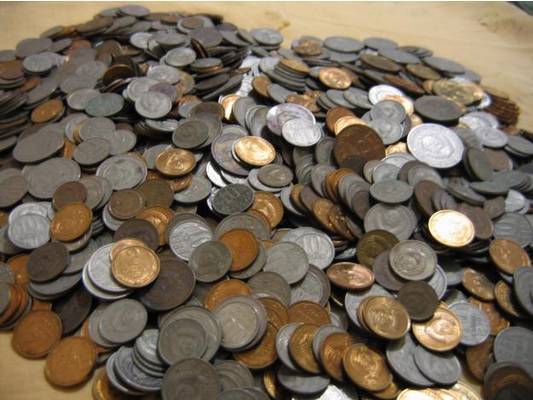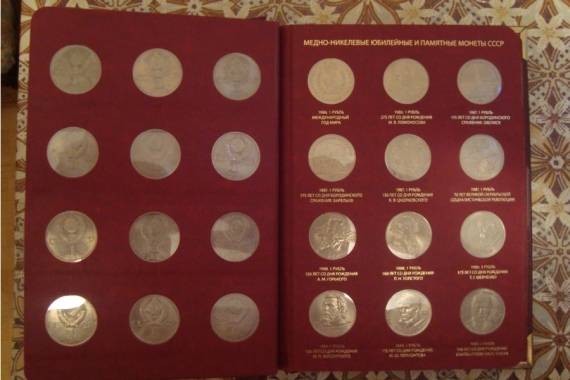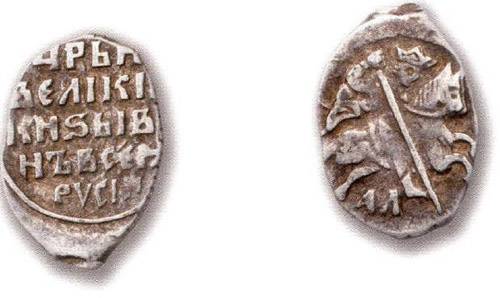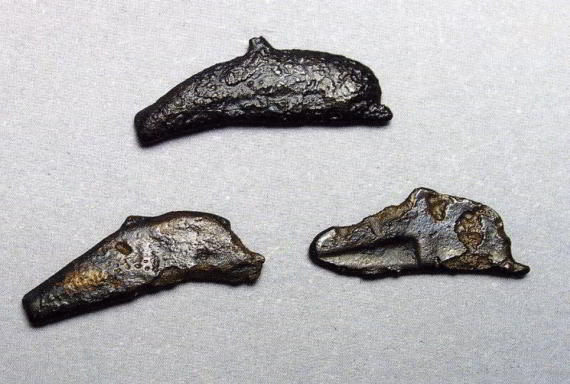Without coins
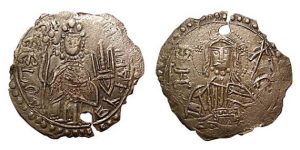 Starting from the 12th century, and then almost for almost three hundred years, there was a period without the use of coins in the territory of Ancient Russia. The whole paradox of this era was that with the development of cities, domestic and foreign trade, crafts, the number of coins in the territory of Russia not only did not increase, but on the contrary, decreased at a rapid pace. Thus, in the 12th century, coins disappeared altogether.
Starting from the 12th century, and then almost for almost three hundred years, there was a period without the use of coins in the territory of Ancient Russia. The whole paradox of this era was that with the development of cities, domestic and foreign trade, crafts, the number of coins in the territory of Russia not only did not increase, but on the contrary, decreased at a rapid pace. Thus, in the 12th century, coins disappeared altogether.
This period of history is often called the “dark period”, since the secret of the temporary disappearance of Russian monetary affairs is a great mystery, both for numismatists and for scholars of historians and archaeologists.
Some scientists are trying to explain this by the fact that silver mines have come to utter exhaustion. But again, a new question arises: why, then, from the end of the 14th century, the chasing resumes again, since it could not be based only on imported silver. Consequently, this theory can be refuted.
Another theory of the disappearance of Russian coins is that in the period from the 9th to the 11th century foreign coins began to flow into Ancient Russia in large quantities and quantities, and here foreign money was treated more as a metal than a way to trade. Therefore, due to the fact that there was no excess of the value of some coins over the value of others, the coins began to disappear.
Thus, the coins disappeared for almost three centuries, and in the course of trade relations, precious metal bars, mainly silver, were used. However, this action was typical not only for Russia, but also for Western Europe, although the money did not disappear from its circulation.
There was a fairly large variety of ingots, this is the so-called Kiev ingots, whose weight is 160 grams, which is half of the Byzantine dimensional unit of the precious metal. Lithuanian precious bars are presented in the form of sticks. Their weight was about 195 grams. Chernigov ingots, which are in many ways similar to Kiev ones, only with the exception that their mass was somewhat smaller, and the ends of the ingots were more flattened.
Precious metal ingots, which were cast in North Russia, had a slightly different shape – the shape of the rook, or as they are called navicular bars. The process of their manufacture was rather complicated, but at the same time rather tricky. The point was that such scaphoid ingots consisted of low-grade gold, which was located inside the ingot, and high-grade gold, which was outside. In other words, there was a deception, as the state treasury, and ordinary citizens. Later, when it was still clarified, it was decided to return to the already familiar use of the coin, which was much more difficult to fake.
Thus, for almost three centuries, one of the great states, refused to use the coin, but, realizing that this would only aggravate the state treasury, was forced to return to it again.
